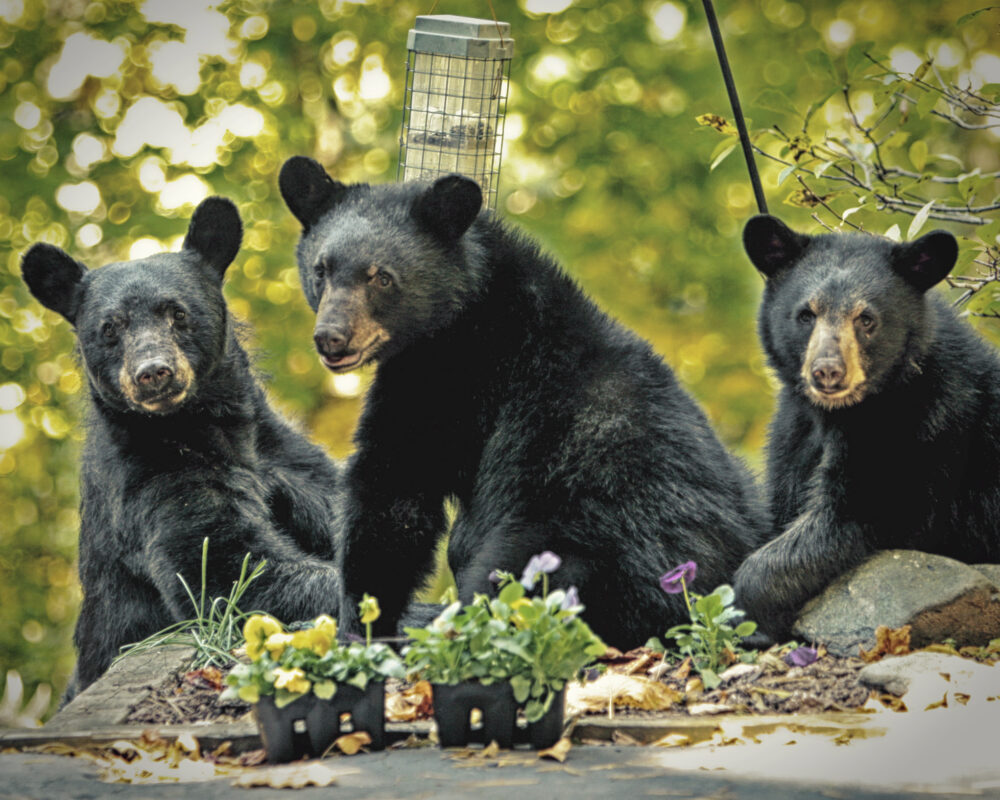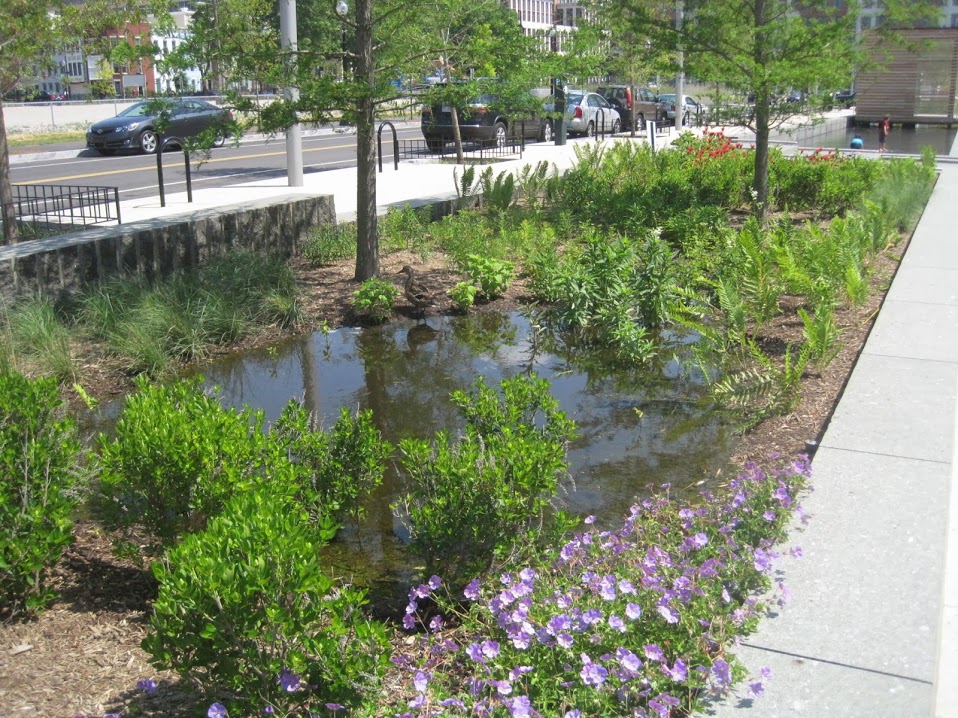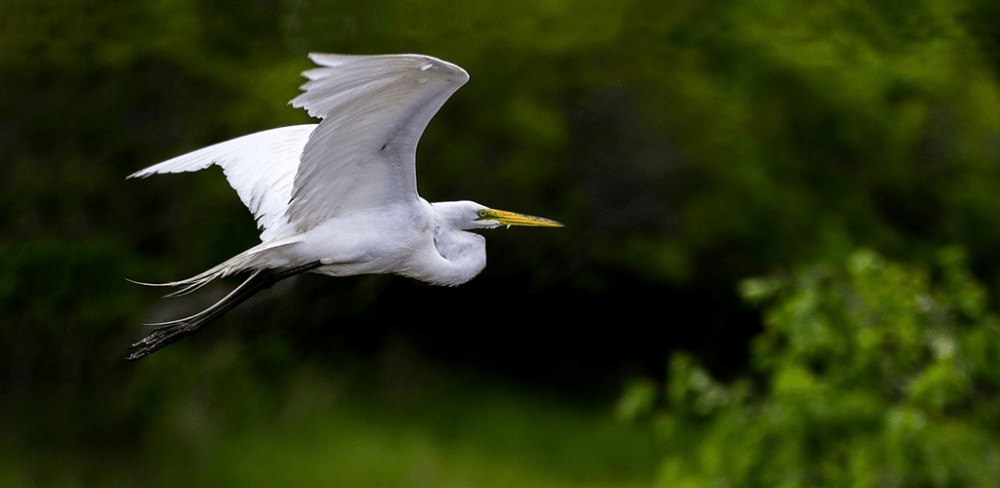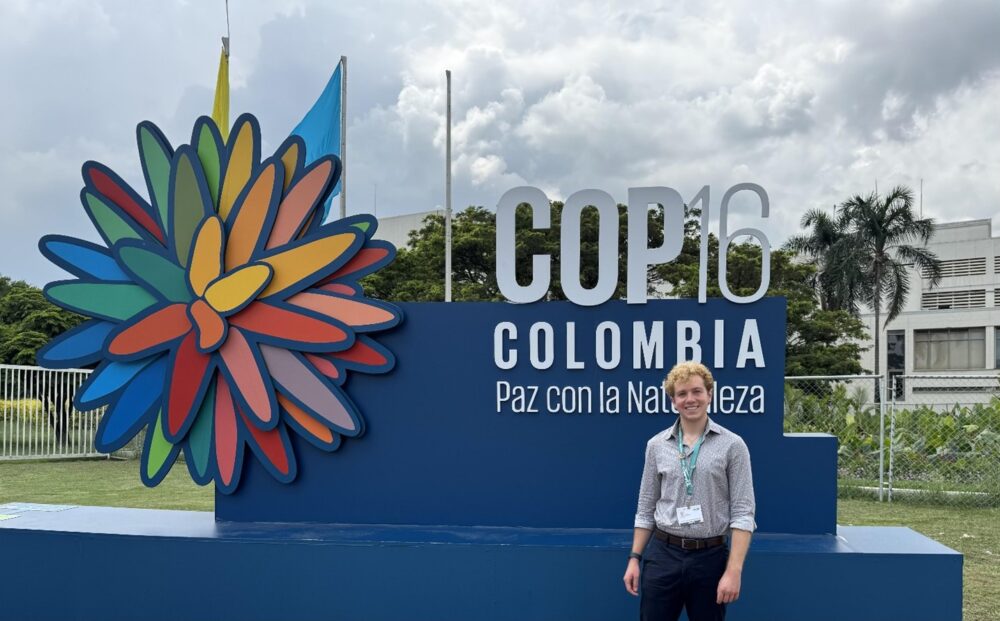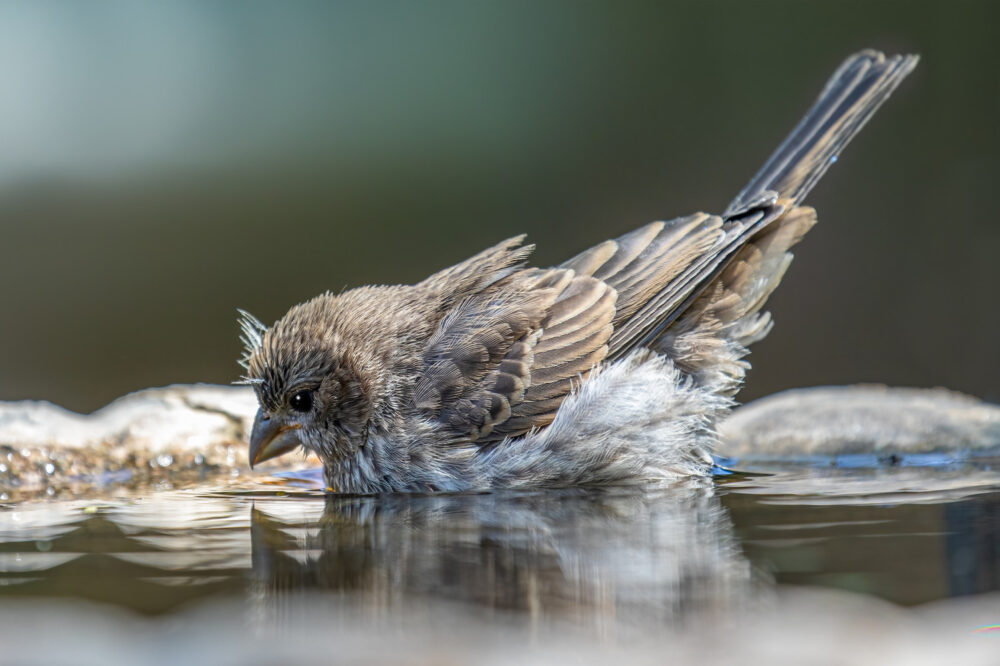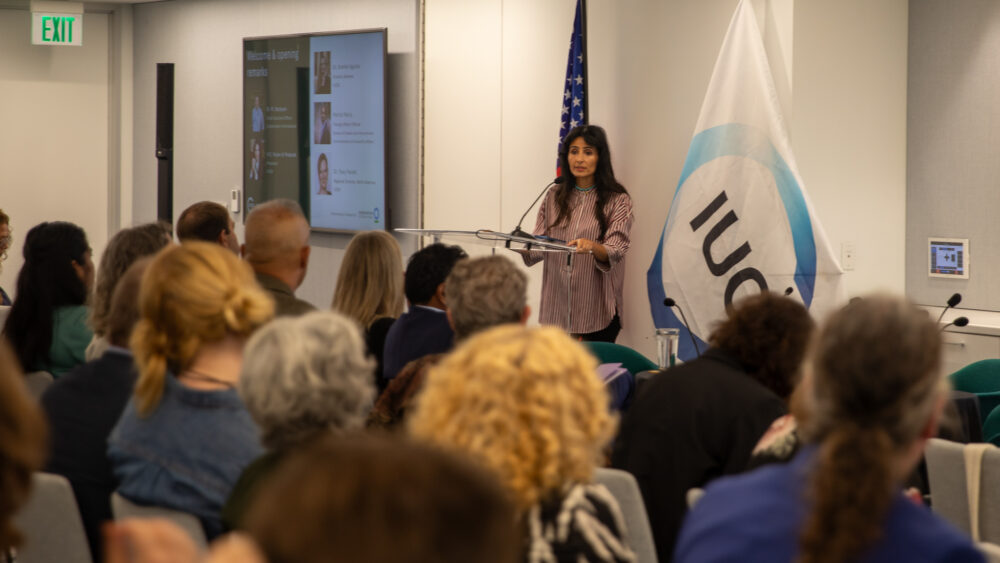We have much more to do and your continued support is needed now more than ever.
Good Florida Panther News
 The endangered Florida panther, an animal I’ve spent many hours of my career helping to conserve, has been in the news a lot lately. Just today, the St. John’s River Water Management District announced a $17.7 million purchase of several thousands of acres of land that will serve as a crucial corridor for the panther as it tries to expand its range beyond its south Florida stronghold. This comes on the heels of a fascinating series of photos released by the state wildlife agency showing a panther traversing a wildlife underpass beneath Corkscrew Road in Lee County, Florida.
The endangered Florida panther, an animal I’ve spent many hours of my career helping to conserve, has been in the news a lot lately. Just today, the St. John’s River Water Management District announced a $17.7 million purchase of several thousands of acres of land that will serve as a crucial corridor for the panther as it tries to expand its range beyond its south Florida stronghold. This comes on the heels of a fascinating series of photos released by the state wildlife agency showing a panther traversing a wildlife underpass beneath Corkscrew Road in Lee County, Florida.
What incredible images of this majestic animal, and what a great success story for the many conservationists who helped make these wildlife road crossings a reality. With millions of miles of roads slicing up the American landscape, it is really exciting to see that we have now found a way to build tunnels, culverts and other crossings above and beneath roads to connect habitat areas, and that panthers and many other wildlife species are actually utilizing them.
The national movement to build wildlife crossings began with efforts by the National Wildlife Federation and others to protect the Florida panther from the harmful effects of converting State Road 84 to Interstate 75 across so-called Alligator Alley in the 1980s. Working with its affiliate Florida Wildlife Federation and others, NWF attorneys filed a lawsuit and ultimately persuaded the Department of Transportation to add 23 wildlife crossings to the project’s design. Completed in the early 1990s, these crossings have been essential to allow Florida panthers and other wildlife to move through their habitats and avoid collisions with vehicles. They also have served as a model for wildlife crossings efforts around the country and around the world.
Another exciting piece of Florida panther news was the announcement that 2010 was a year with a record number of panther kitten births. According to state wildlife officials, 29 documented Florida panther kittens were born in 2010, and another 30 to 40 likely were born to panthers without radio collars (and whose movements are therefore not being documented). In contrast, just 11 documented panther kittens were born in 2009. This population boomlet – the estimated total size is now around 160 cats, after having dropped to as low as 30 to 50 in the mid-1990s – is due in part to the hard work of the National Wildlife Federation, Florida Wildlife Federation, state and federal wildlife agencies, and many other conservation partners in the past few decades.
Despite receiving the protection of the Endangered Species Act in the 1970s, the panther was rapidly heading toward extinction in the 1990s because of genetic inbreeding (due to its small population size) and habitat loss (due to sprawling residential and commercial development). To bolster the cat’s genetic diversity , and with the support of the conservation community, the state wildlife agency introduced western cougars (a close cousin of the Florida panther). This genetic restoration has proved to a major wildlife success story that serves a model for wildlife managers worldwide.
Stopping development from destroying and fragmenting the panther’s habitat has been a much bigger challenge. Until the recent financial downtown, southwest Florida was one of the most rapidly developing areas of the country. Although the panther’s habitat was supposedly protected under the Endangered Species Act, some developers found creative ways to circumvent the law. One strategy was to develop a self-serving and unscientific methodology for identifying important panther habitat. The developers used this methodology, as well as political pressure tactics, to convince wildlife officials that panther habitat was not really panther habitat, thus leading to the destruction of thousands of acres of valuable habitat for sprawling golf course communities, roads and other development. National Wildlife Federation, Florida Wildlife Federation and Florida Panther Society sprung into action. We issued two scathing reports and won two major lawsuits that limited harmful development and highlighted the way that junk science had infected in permitting decisions. Due in part to these efforts, wildlife officials are now using a more scientifically rigorous approach to identifying panther habitat.
Today, the panther is thankfully reproducing successfully and roaming across the southwest Florida landscape just as it has done for tens of thousands of years. But it is hardly out of danger. Roads and vehicle collisions continue to pose serious threats – in fact, 2010 was a near-record year for panther mortality due to vehicle collisions. Despite occasional movements of male panthers into central Florida, the panther population is effectively boxed into a small portion of southern Florida and longtime calls by scientists to reintroduce the cat into other parts of its historic range do not yet appear to be gaining traction. And the financial incentive for developers to build on the panther’s habitat on private land remains strong.
Fortunately, National Wildlife Federation (working at the national level) and Florida Wildlife Federation (working at the local level) continue to serve as vigilant advocates for the nation’s largest endangered cat. Among other things, we are working to expand the Florida Panther National Wildlife Refuge. Given the relatively low prices for land in south Florida, now is a rare opportunity to provide crucial habitat and expedite the protection and recovery of the Florida panther by expanding the boundaries of the 26,000-acre refuge. Click here if you would like to help us advocate for expansion of protected habitat for this special animal.


